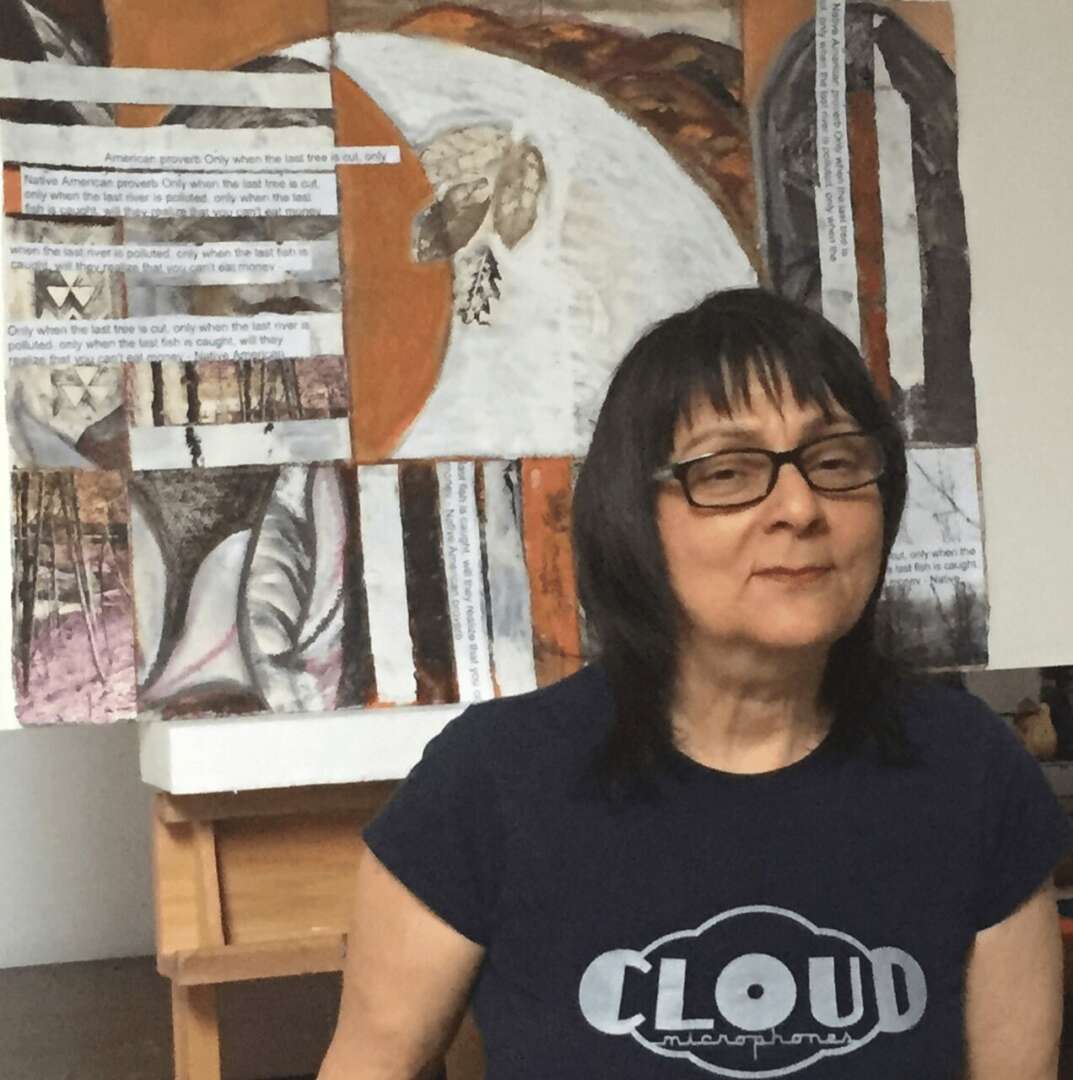We recently connected with Terry Lamacchia and have shared our conversation below.
Terry, appreciate you joining us today. Let’s kick things off with a hypothetical question – if it were up to you, what would you change about the school or education system to better prepare students for a more fulfilling life and career?
As an artist and former high school art teacher, I believe that STEM thinking needs to be amended to STEAM. By including the arts in the acronym, creative thinking is fostered. This leads to multiple ways to deal with problematic challenges. In addition, participation in and appreciation of the arts gives breadth and depth to our human experiences.
This calls to mind two examples from the school where I taught art for many years:
the music department had an assembly. and one of the presenters was a lawyer who spoke at some length about the value of his music classes and of the value of playing a musical instrument. He still played as an adult and while it was not his profession, it broadened and enriched his life and taught him to make creative decisions.
And secondly, while teaching a craft class, I told my students about the efforts of Save the Children to collect handmade baby hats because millions of newborns in developing nations were dying annually. Why were they dying? Because their heads were cold. When I told my students the story, they collectively expressed dismay and every student in the class, girls and boys alike, agreed to learn how to crochet and loom knit hats to send. That first year we sent about 200 hats and it became a yearly event. I was teaching fellow faculty members after school and people in the community were making hats. By way of learning a new artistic skill, my students also learned the importance of donating to a most worthy cause.
As President John F. Kennedy said, “For art establishes the basic human truth that must serve as the touchstone of our judgment.” If that’s not justification for the arts in school, I don’t know what is.

Terry, before we move on to more of these sorts of questions, can you take some time to bring our readers up to speed on you and what you do?
I fully expected to be an English teacher, I loved my English classes and I was blessed to have great teachers. Then my senior year of high school happened! I was finally able to take an art class and Mr. Fortune’s class changed the trajectory of my life. By November of senior year, I knew I was going to be an Art major. His brilliant teaching tapped into my hidden desire to make art. I was swept up into the world of late 19th century Parisian artists, to the delights of working in a variety of media and to the relentless pursuit of drawing and painting. It was a whole new world for me. My parents were not delighted at first. But being kind souls they eventually understood. I dove into the study of art and have savored every second.
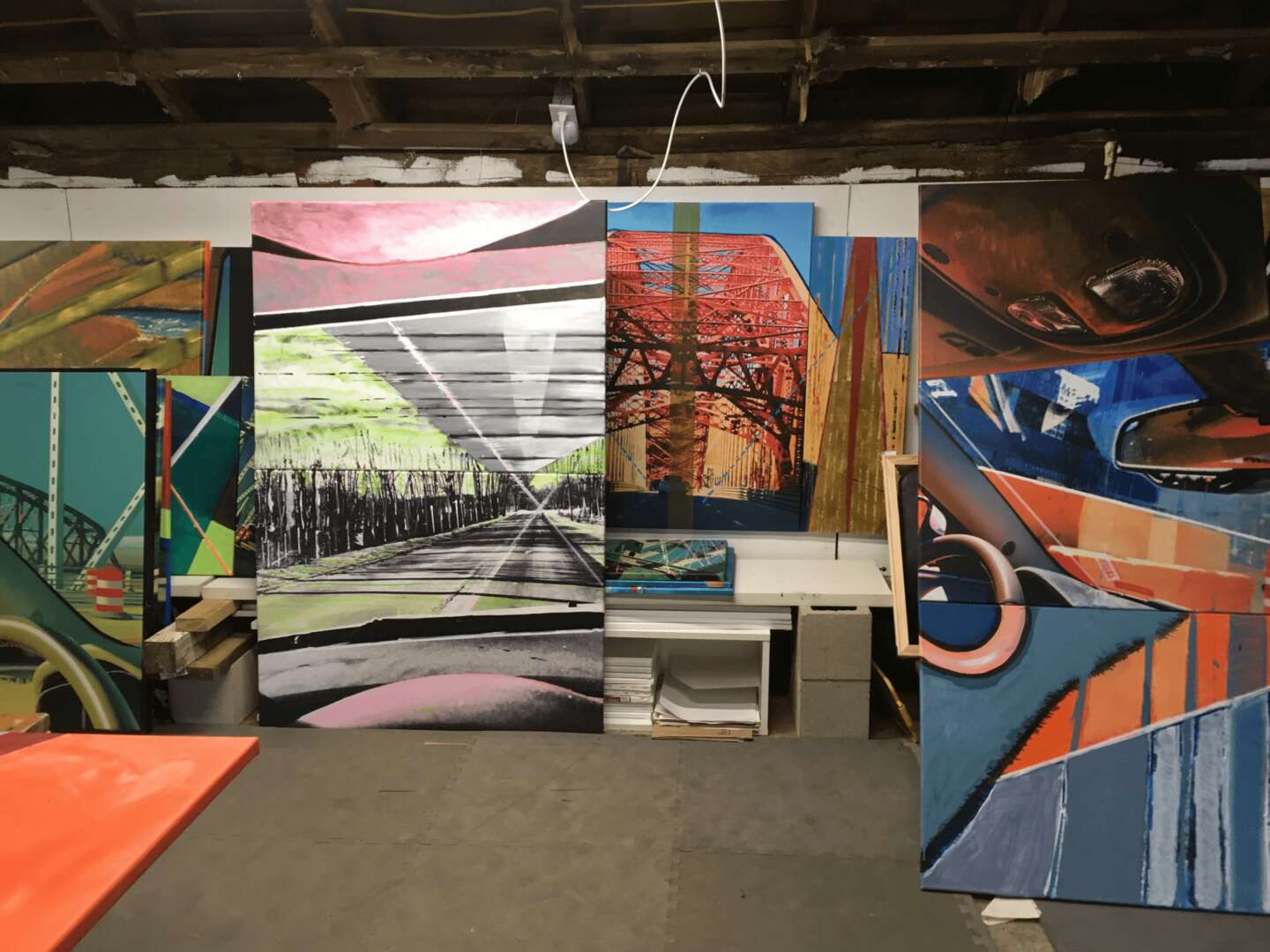
How about pivoting – can you share the story of a time you’ve had to pivot?
After graduating from art school in the 1970’s I packed two suitcases and hopped on a Trailways bus to New York City with $200 in my pocket and no particular plan in mind other than to approach galleries. I lived in NYC for 15 years before moving to rural upstate New York. Like many young people in the arts, I worked not only as a waitress, but also in an administrative/clerical capacity in a variety of arts organizations and museums. Working my way as a waitress through another art school, I graduated with a BFA in fine arts and arts education. I began teaching in private and public schools, and adult education programs. I taught for many years in a variety of schools before eventually settling into my last teaching job for 18 years. I found teaching art to be intensely rewarding, a lot of fun and totally exhausting. I continued to paint and exhibit work while teaching, but found myself spending far less time painting than teaching. The time had come to retire from a job that I loved, to spend more time on what I viewed as the next chapter in my art career. The abrupt change left me struggling to organize my time, to create opportunities for myself as I had done for my students and to develop a vision of how to achieve my personal vision as a practicing artist. Being a life-long list maker and the writer of hundreds of lesson plans for my students, I was able to clarify my thoughts, set up my studio, frequently show artwork, received a grant that was a significant boon to my efforts and have sold some artwork.
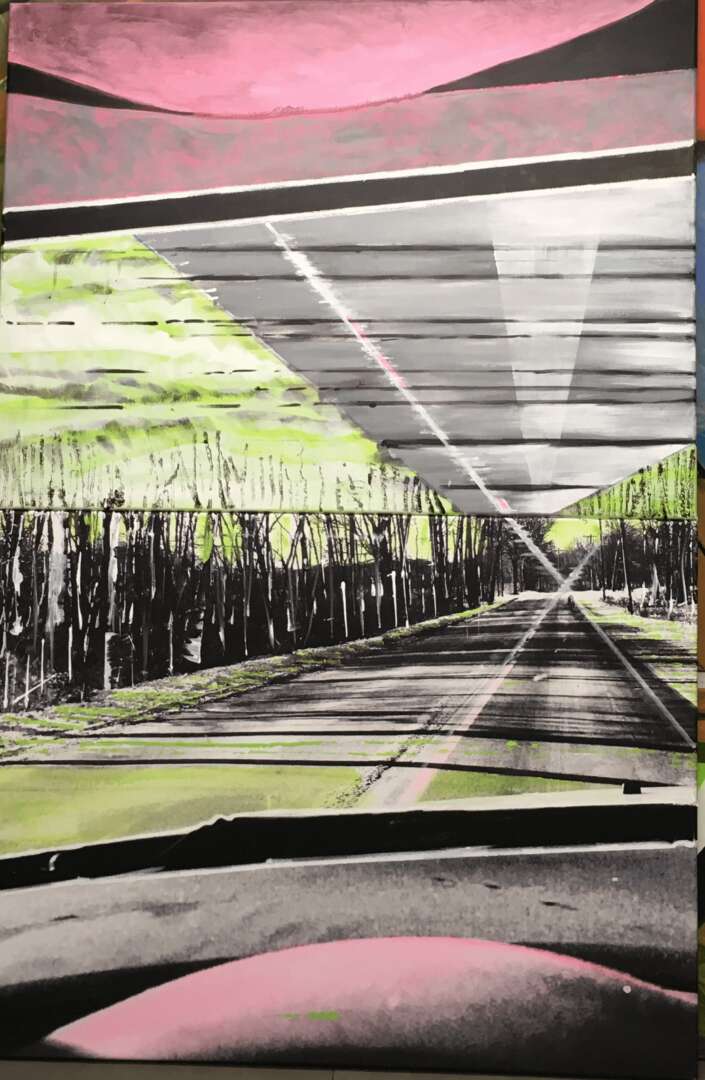
What do you find most rewarding about being a creative?
The entire process of making an artwork provides me with complete satisfaction. It’s an adventure for me since I don’t usually have a preconceived idea for a painting, but often start with a photograph of something that catches my eye. After editing the photo to make it more abstract, I have it printed on canvas. It’s only after I take the canvas out of the shipping box that I begin to think about what to do with the image. The thought process usually involves living with the canvas for awhile until an idea emerges, until I see the structure of the painting in my mind’s eye. Then I begin the painting process using acrylic paint, oil paint sticks and often times collage elements of old torn up artwork. I relish every brushstroke and every color choice, I enjoy creating a dialogue between paint and photograph to create a cohesive image. The icing on the cake is the discussion about the work with fellow artists and attendees at my exhibits.
Contact Info:
- Website: https://terrylamacchia.weebly.com
- Facebook: Terry Lamacchia

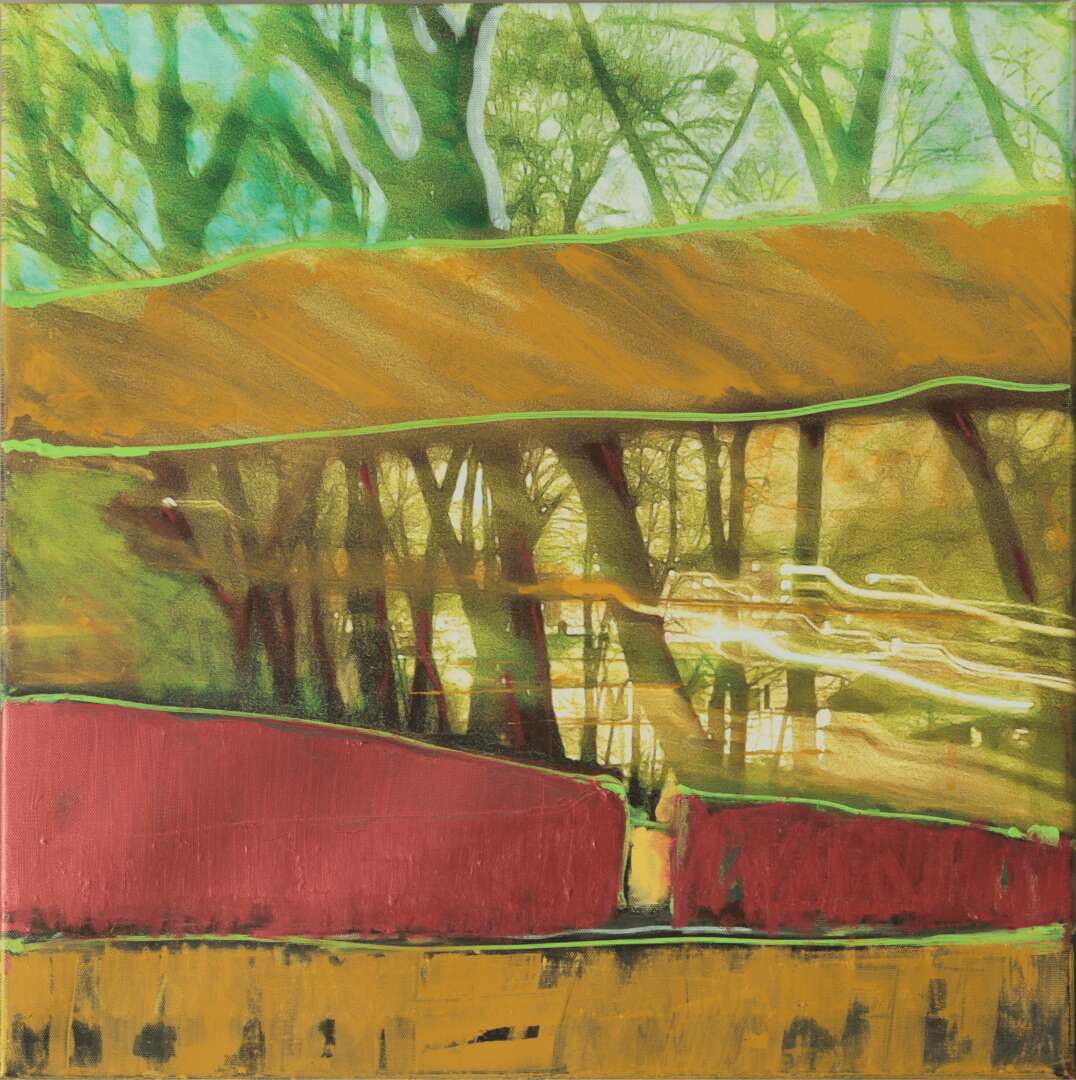
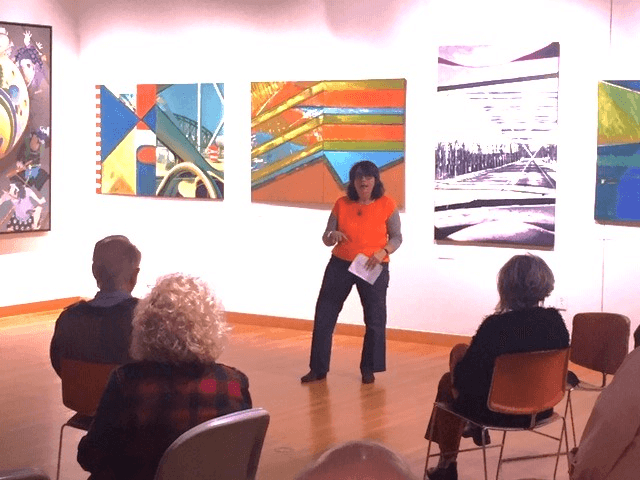
Image Credits
Terry Lamacchia
Thomas Bellino


